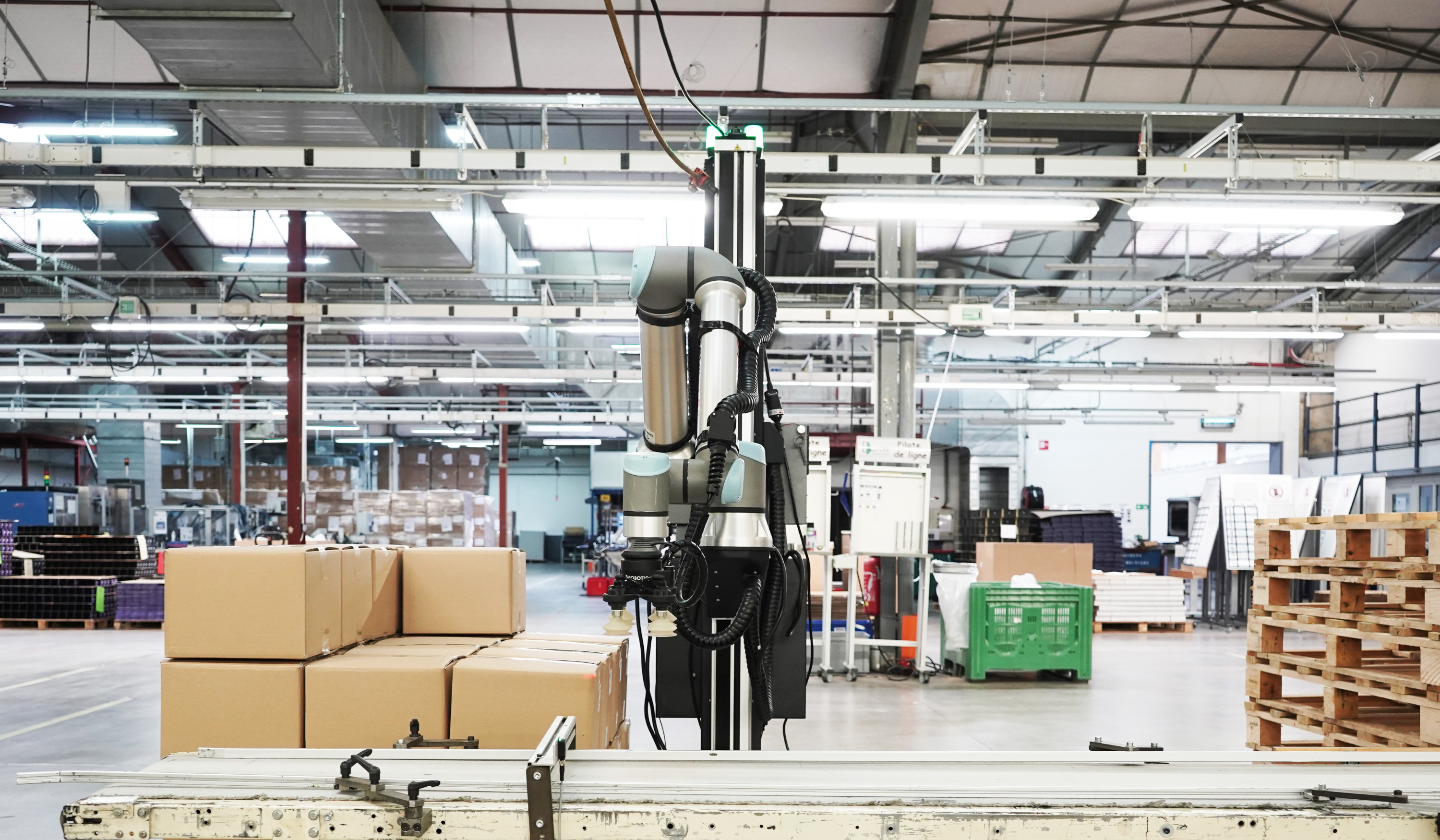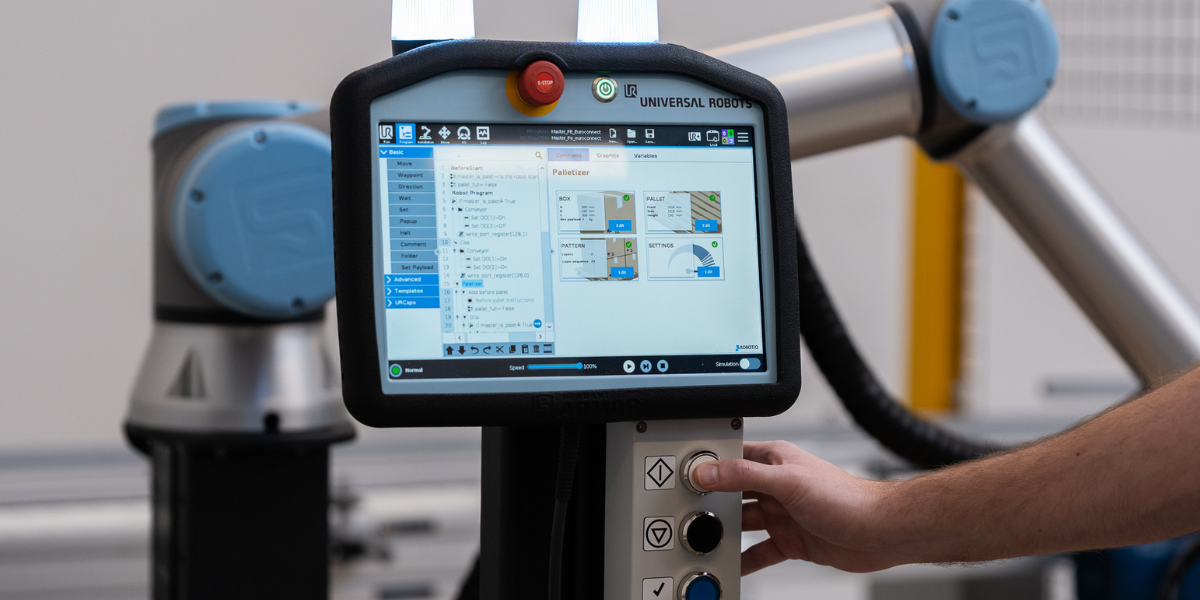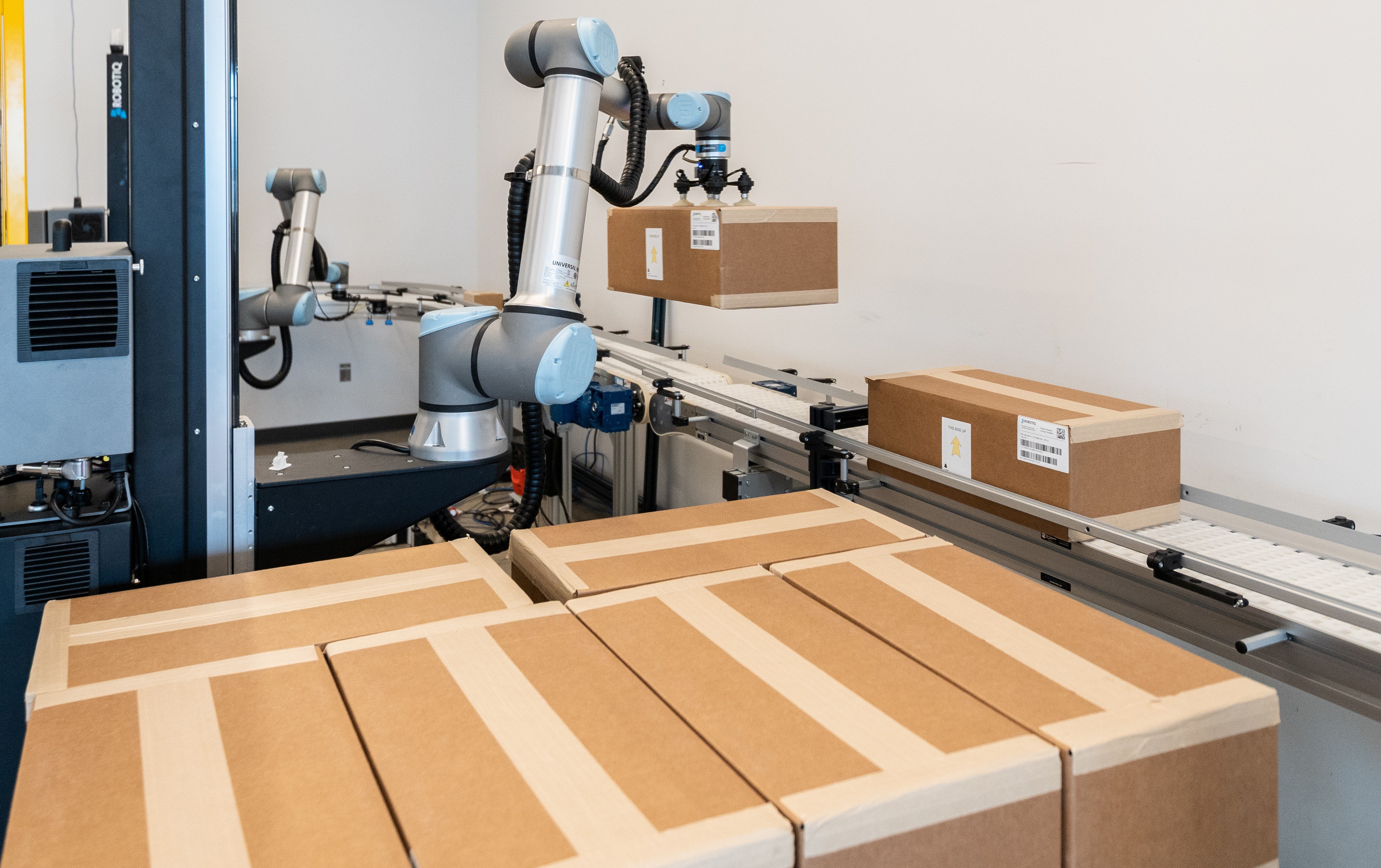The 2 Ways of Deploying Robots on a Budget

Posted on May 15, 2018 7:00 AM. 5 min read time
Robots may be expensive, but you can save time and money by deploying them correctly.
The truth is there are two ways to deploy robots on a budget – but only one of them actually works!
We often hear people say "We haven't got enough money to invest in robotics right now."
People usually think of automation as a "big bucks" investment, so they can't see how they could fit it in with everything else. Plus, budgets are tight, and it's hard to think about buying a robot when so many other areas of the business might need investment too.
But adding a robot doesn't have to mean making a big investment. You can get started with robotics on a small budget and see a return on investment very quickly.
The key is to be smart about how you deploy the robot.
…Which is where people sometimes lose their way. They try to deploy robots on the cheap, only to have it blow up in their face.
There are at least two ways to deploy your first robot when your budget is tight… but only one of them really works.
.jpg?width=800&name=2F85-Wrist-Camera-Machine-Tending-Walt-Machine-62%20(3).jpg) WALT Machine inc., a three-employee job-shop, doubled daily production by deploying a collaborative robot.
WALT Machine inc., a three-employee job-shop, doubled daily production by deploying a collaborative robot.
Two ways to deploy your first robot on a budget
When we're strapped for cash, we often try to save money any way we can. Here are two fictional but realistic examples of the strategies people typically use when deploying a robot on a budget.
The unexpectedly costly way (aka trying to do it all alone)
If you're a technical person like I am, it's tempting to try to save money on a deployment by doing everything yourself. Sometimes this works, but other times it goes something like this:
Helen Rains is the lead engineer at Dranigan Engineering Ltd., a machine shop. She's annoyed because she has to spend almost all her time tending the CNC milling machine, with almost no time left over for greater value-added tasks.
She has an idea: deploy a robot to tend the machine. She calls up some local robot distributors, but their limited options are all way over her budget. Her boss mentions that a local manufacturer is selling one of its old industrial robots for cheap, and tells her to buy it. She has to spend almost all of her assigned budget to do so, but Helen decides to go ahead, thinking she can integrate the robot herself thanks to her extensive programming knowledge.
The robot arrives and she sets it up herself. But the teach pendant interface is old, clunky, and unfamiliar. Programming is slow. Eventually, she manages to program the robot to tend the CNC machine, but it can only handle one type of part setup at a time. The machine needs frequent changeovers, and it takes her a whole day to reprogram the robot for a new type of part. The integration work is now seriously affecting her ability to meet customer orders.
In exasperation, she admits defeat. Helen convinces her boss to hire an external integrator to create a flexible program so the robot can handle all their parts. The integration costs a lot of money. But it works: the robot can handle most of their parts by changing parameters in the program.
Helen achieved her goal: she finally has time for more value-added tasks. However, she and her boss spent a lot of time and energy on the robot deployment, it went far over budget, and they even lost a few customer orders in the process. As an added problem, if they ever want to move the robot to a different CNC machine, they'll have to hire the integrator all over again.
What did Helen do wrong?
She tried to do absolutely everything herself! She's resourceful and knows a lot about programming, so she assumed she could do it all without help (a mistake I've also made many times!). She didn't even consider reaching out to robotics experts, except when it was too late. And it cost her.
The safe, swift, simple way (aka the way of the Jedi)
Robot deployment can be easy, even when you're on a budget. It's simply a case of reaching out to the right people for a little help before you get started, like this:
Luis Bennet is a quality testing engineer at electronics manufacturer ZanZern Inc. He's starting to get bored of his job: he's always loading and unloading circuit boards from the quality testing machine, and he doesn't have time for more value-added activities.
Luis does some research on robotic quality testing. He finds his way to a video of a collaborative robot being used for quality testing tasks. He investigates further and downloads a copy of Robotiq's Getting Started with Cobots eBook.
While reading the eBook, Luis realizes that a collaborative robot would not only allow him to take on more interesting tasks, but also improve the productivity of the quality testing process!
During the call, he describes his situation to Catherine at Robotiq. She helps him clarify the task and suggests using a UR10 to tend the quality testing machine.
Luis is slightly concerned that this may just be a sales pitch. However, when Catherine dissuades him from adding an extra sensor, saying it is not necessary for his application, Luis is reassured that she is looking after the best interests of his business.
Luis worries that his boss might not be happy about investing in a collaborative robot, even though it's a lot less expensive than an industrial robot would be. However, after he uses the eBook How to Get Your Boss to Go with Cobots to prepare a solid pitch, his boss accepts the idea immediately.
When the robot arrives, Luis has a moment of panic when he realizes he will have to integrate the robot himself. However, with the help of Robotiq's extensive video library, he has the robot up and running in no time.
The robot boosts their productivity almost immediately. It achieves a return on investment after just 6 months.
What did Luis do differently?
He reached out to the right people before doing anything else, and got advice that saved him time, energy, and money.
If you're on a budget and you want to get the most benefit from robots, which method would you choose?
Thoughts or questions? Tell us in the comments section below or join the discussion on LinkedIn, Twitter, Facebook or the DoF professional robotics community.







Leave a comment